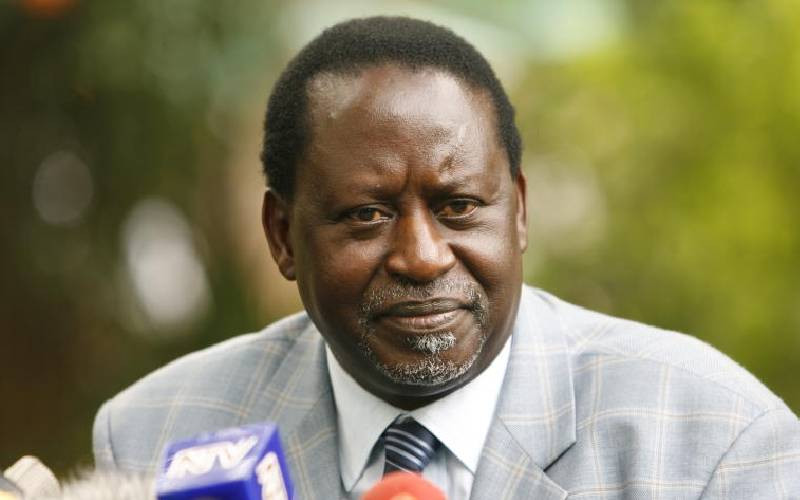×
The Standard e-Paper
Join Thousands Daily

Very little was known of Raila Odinga before the failed coup of 1982. Only his subsequent arrest made Kenyans curious about this rabble-rouser. Those who knew him say he was a quiet man who rarely talked even during key political meetings.
Raila has a greater-than-life persona with a devoted following that can sacrifice anything for him. And over the years, he has always brought up the unexpected. Populary known as "Agwambo", Luo for "The Mystery", is the master of surprises and king of unpredictability.